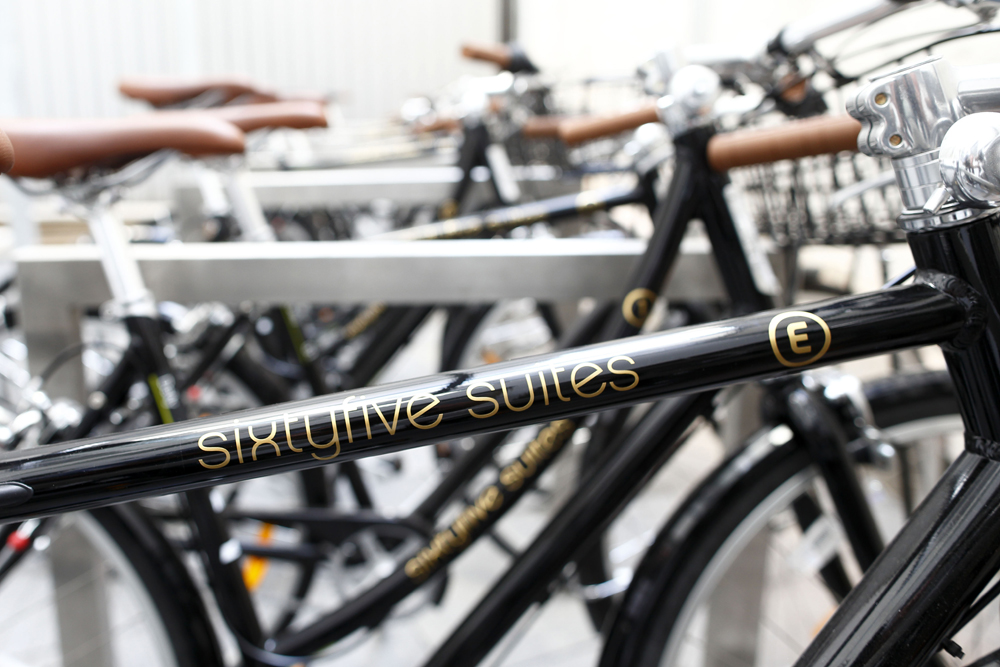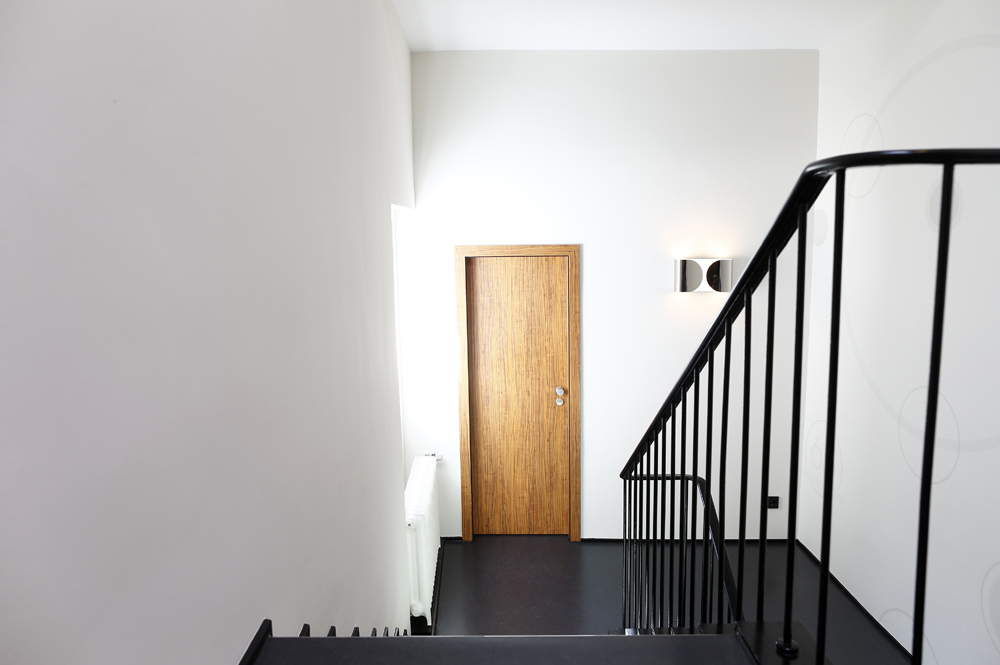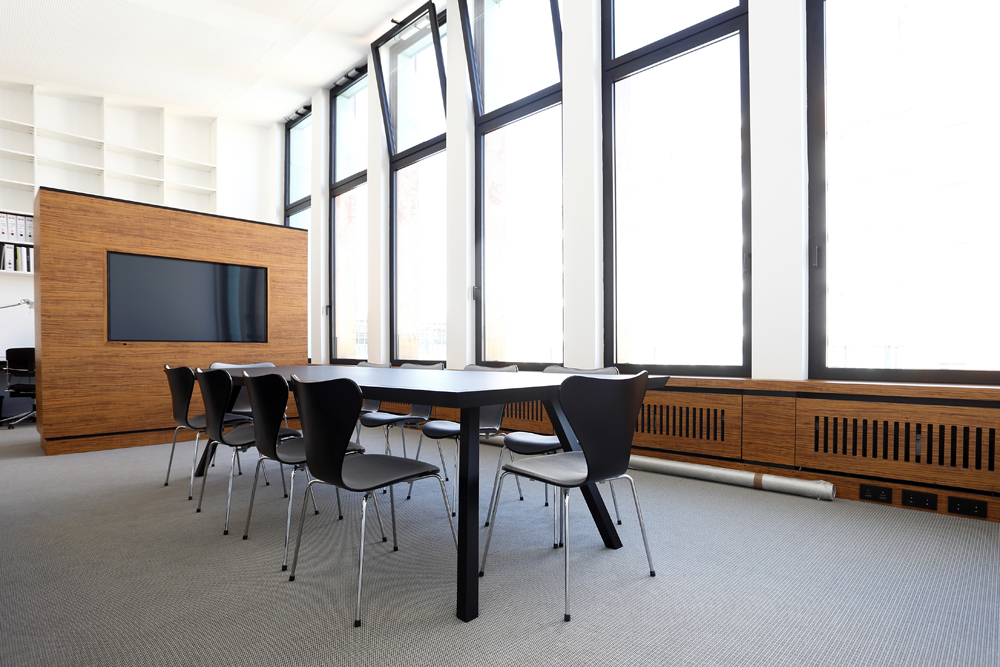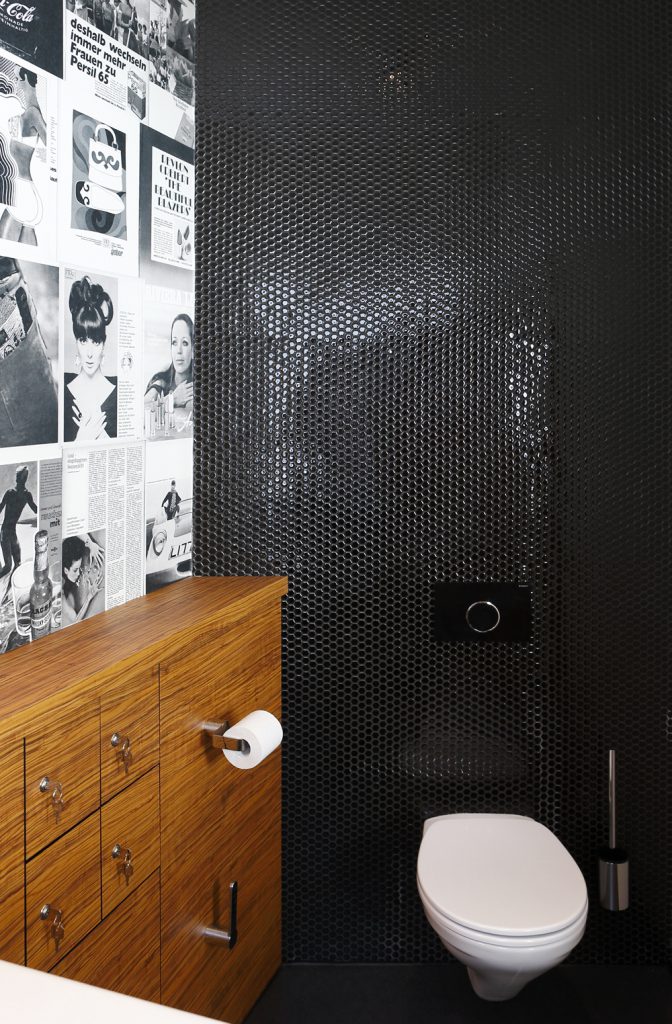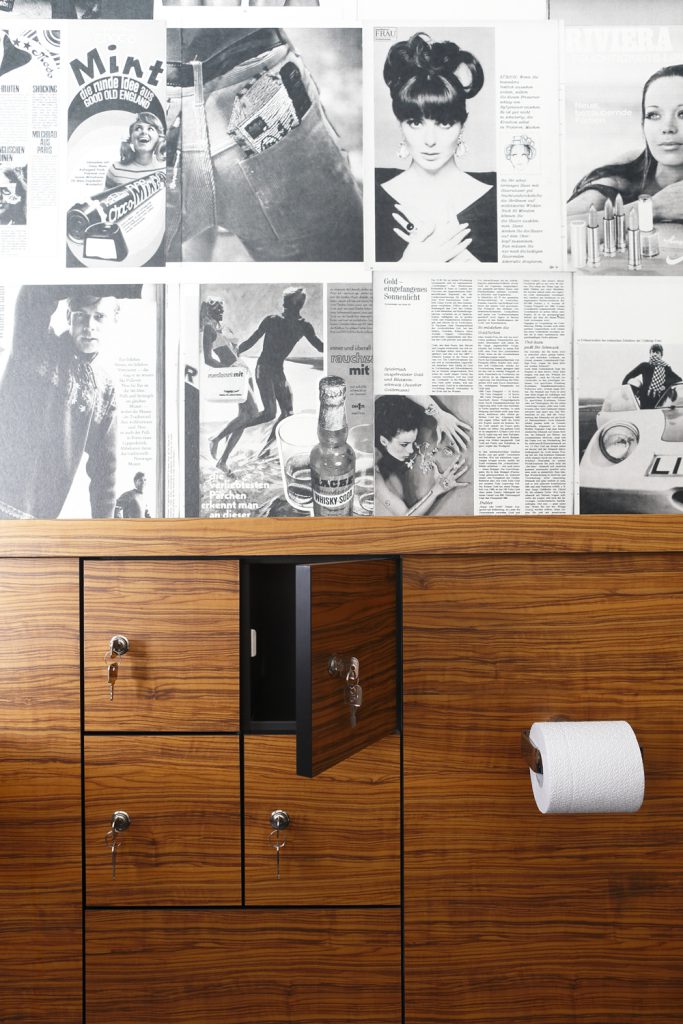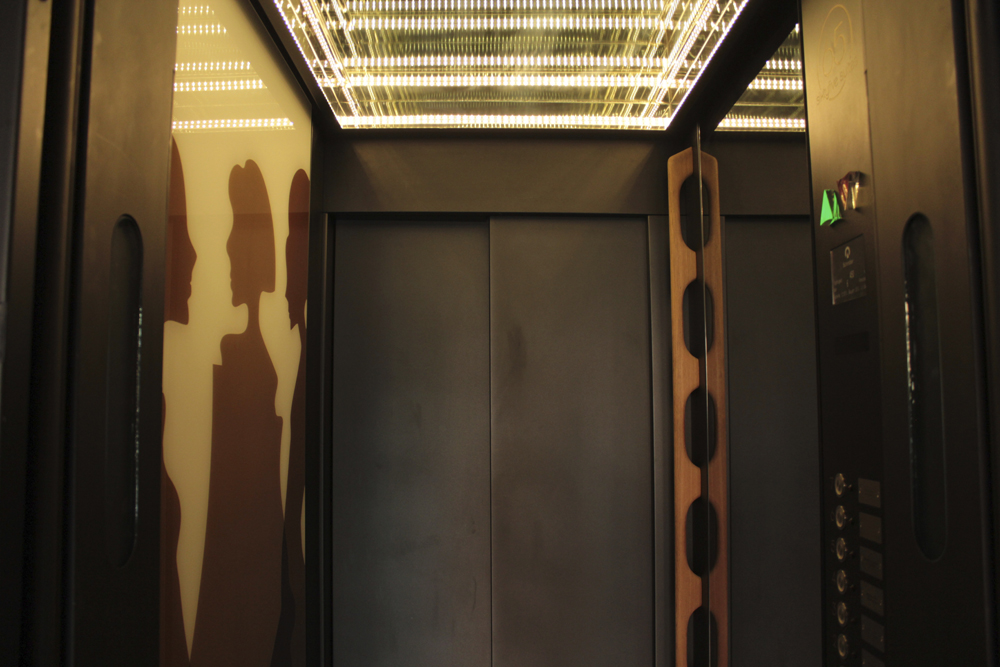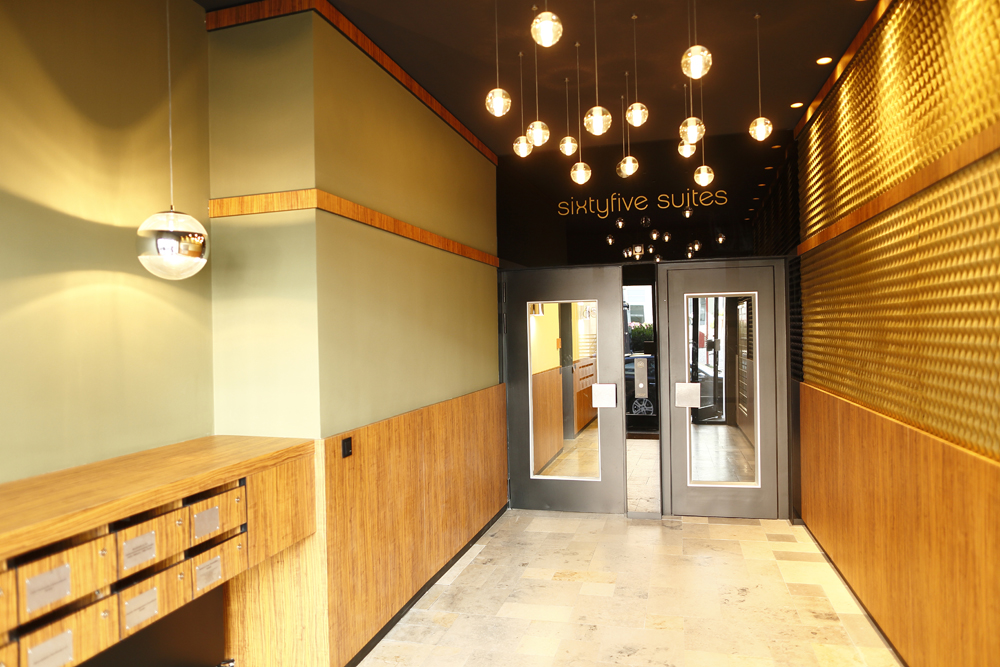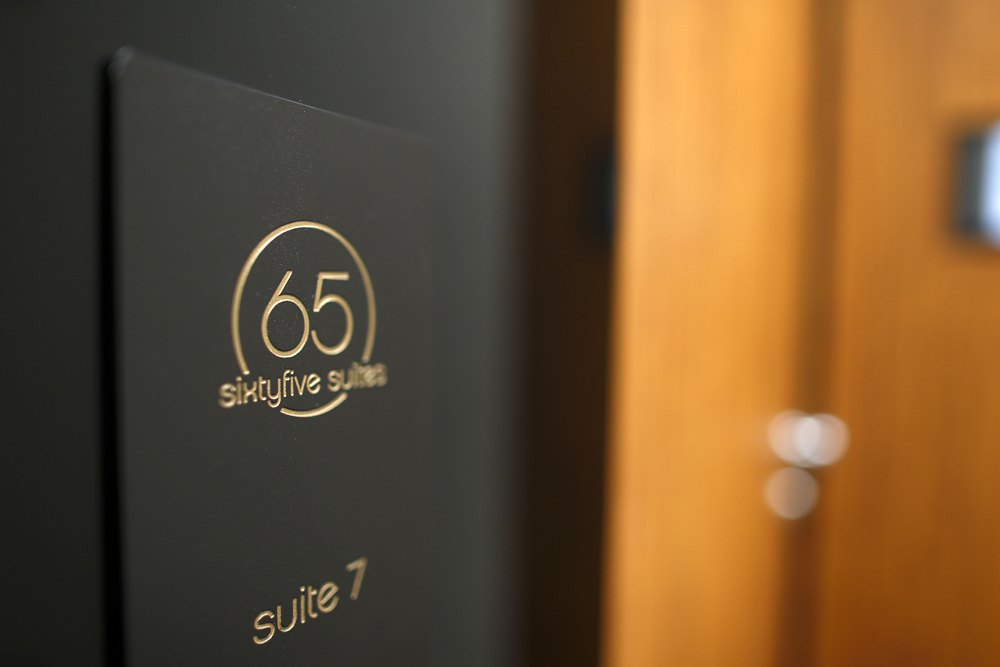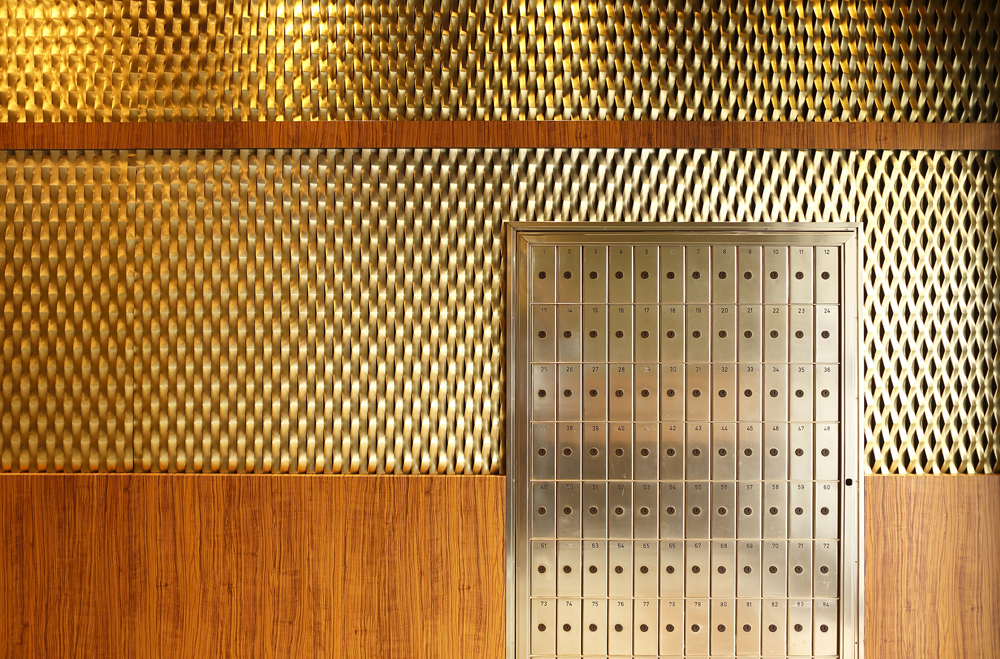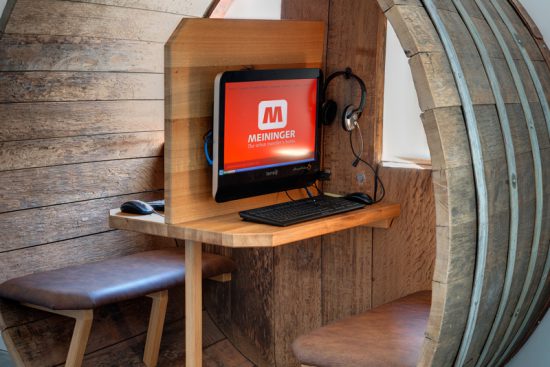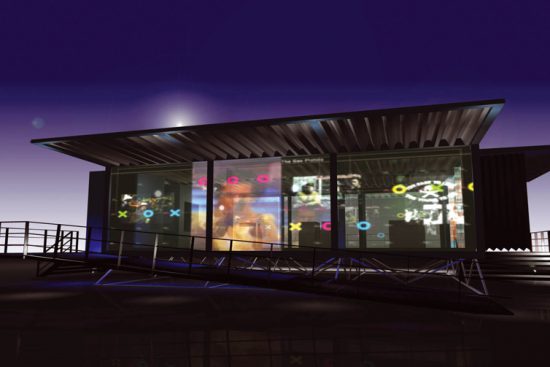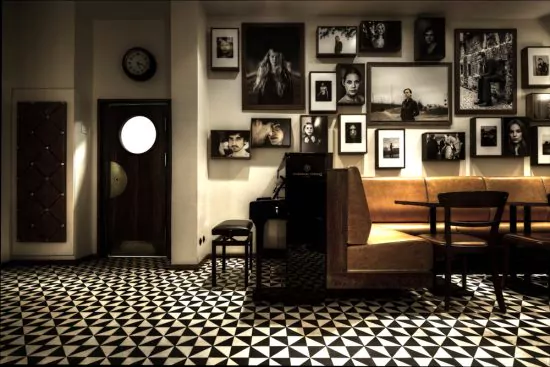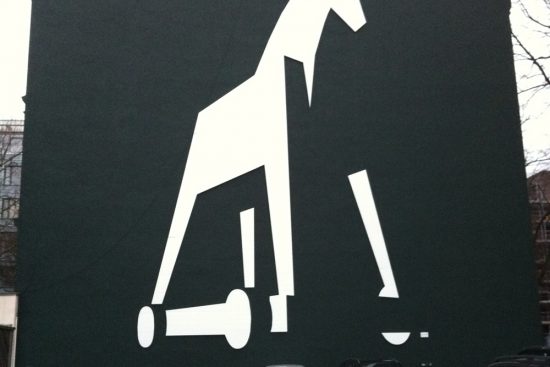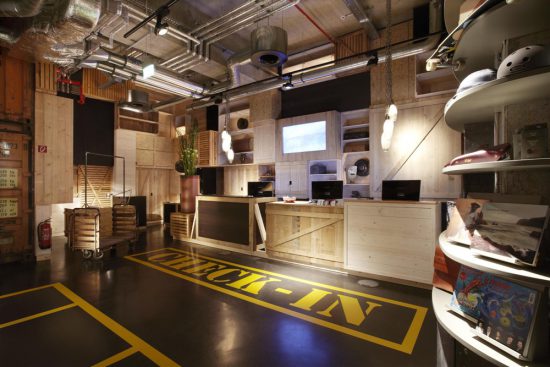Stephen Williams architects was founded in 2000 in Hamburg on the strength of projects such as Malcolm McLarens Casino of Karaoke and Authenticity and the commission to design the German Headquarters of Universal Music in Berlin.
The office based in Hamburg has always worked internationally and the majority of projects are located outside of Hamburg mainly within Europe and Asia.
Sixtyfive Suites
Stephen Williams Associates converted an at first glance ordinary seven-storey 1960s office building in Hamburg’s city centre into “Sixtyfive Suites” – a unique working environment. The comparably small building, the office floor area per level is approximately 120 square metres – had for years been marked by a rather insignificant existence. Despite its central location only steps away from the heart of the city, it was in need of refurbishment and became increasingly hard to let. With a layout deemed problematic, its charms and potential where overlooked, demolition was considered.
The underlying design intent of SWA was to retain the building and to apply an all-encompassing theme that pervades each stage of the process, from preliminary draft to the naming of the project: To bring the building back to its original intended, elegant 1960s design. Work on site unearthed treasures like a spiralling staircase leading down to an original bank vault in the basement or brass lockboxes, hidden behind wall panels. These features where incorporated into the planning and add to its uniqueness.
Each floor now offers a bright and modern office suite for up to 10 work stations and a small kitchen unit. The well-proportioned, compact design and intelligent ground plan give a surprisingly spacious feel, built-in furniture makes maximum use of space. A gem is found on the top floor: A new roof to the building gave the option to increase the ceiling height and create a stunning loft space with a height of up to 5 metres. Both the roof and the façade of the top floor are clad with copper. A series of tall narrow windows flood the room with natural light and provide framed views of the surroundings. Zig-zagging copper shapes embellish the row of columns, adding a subtle ornament to the otherwise clear-lined simplicity of the street elevation.
The marketing concept includes more than just office space: From the use of conference facilities in the neighbouring hotel to communal bicycles, the building provides a professional framework and a distinctive location for small firms. It was fully let before completion.


